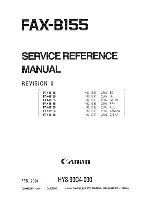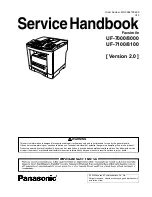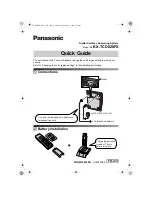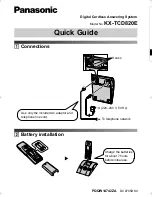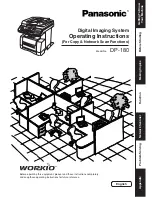
23
SEWING
1H[WWRHDFKVWLWFKRUVHZLQJWHFKQLTXHGH
-
scribed, a chart shows the recommended set-
WLQJVDQGSUHVVHUIRRW6HHH[SODQDWLRQVRIWKH
chart to the right.
Start to Sew – Straight Stitch
6HW\RXUPDFKLQHIRUVWUDLJKWVWLWFKVHHFKDUW
WRWKHULJKW
Raise the presser foot and position the fab-
ric under it, next to a seam allowance guide
line on the needle plate. On the bobbin cover
WKHUHLVDPPJXLGHOLQH
Lower the needle to the point where you want
to start. Lower the presser foot and pull the
threads toward the back. Press the foot con-
trol. Gently guide the fabric along the seam
guide letting the machine feed the fabric.
Note: Some sewing is done more easily by chang-
ing the needle position, e.g. topstitching a collar
or sewing in a zipper. The needle position is de-
termined by the stitch width dial (0 is center, 6 is
left/right, see page 22).
Change Sewing Direction
To change sewing direction, stop the machine
and turn the handwheel toward you to bring
the needle down into the fabric.
Raise the presser foot.
Pivot the fabric around the needle to change
sewing direction as desired. Lower the presser
foot and continue sewing in the new direction.
Finish Sewing
Press the reverse stitch lever and sew several
stitches in reverse at the end of the seam.
Raise the presser foot and remove the fabric,
pulling the threads to the back.
Pull the threads up and into the thread cutter.
The threads are cut the proper length for
starting the next seam.
A. Recommended stitch
B. Stitch length in mm
C. Stitch width in mm
D. Thread tension
E. Recommended presser foot
stitch
2-4
0
3-5
0
A
B
C
D
E
Set for Straight Stitch
stitch
2-4
0
3-5
0





























